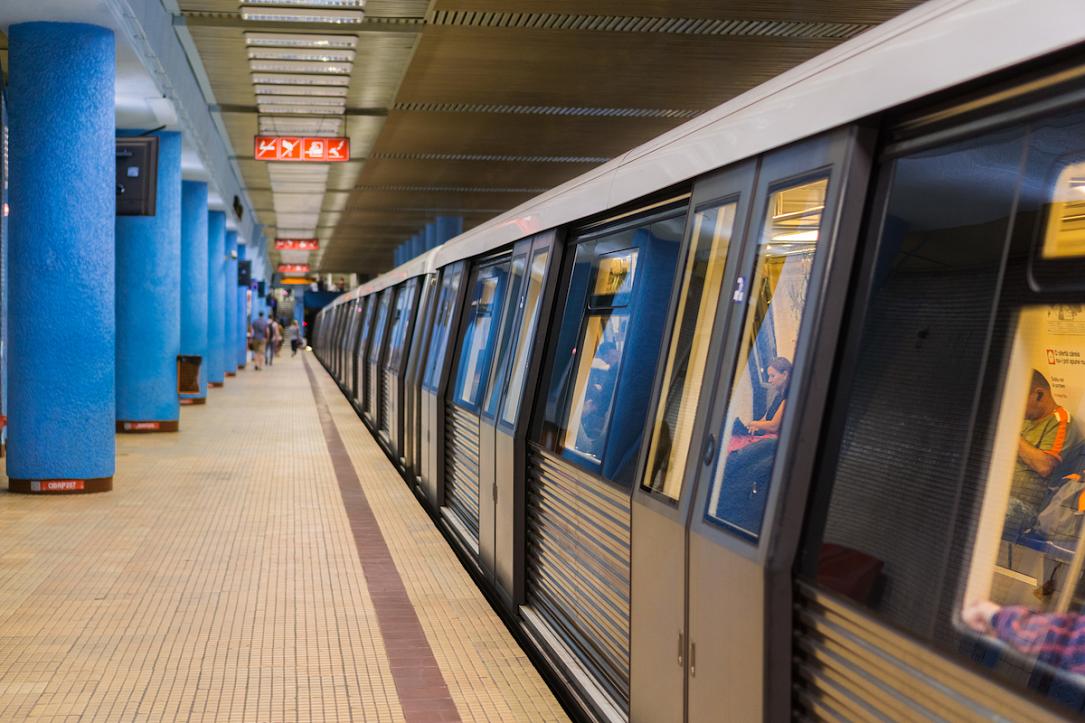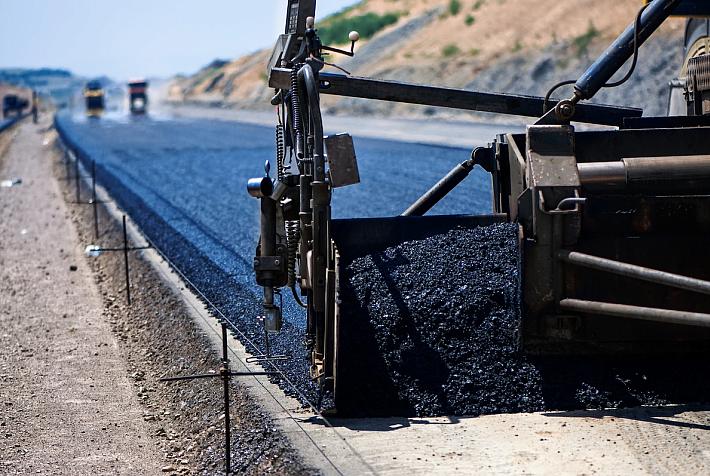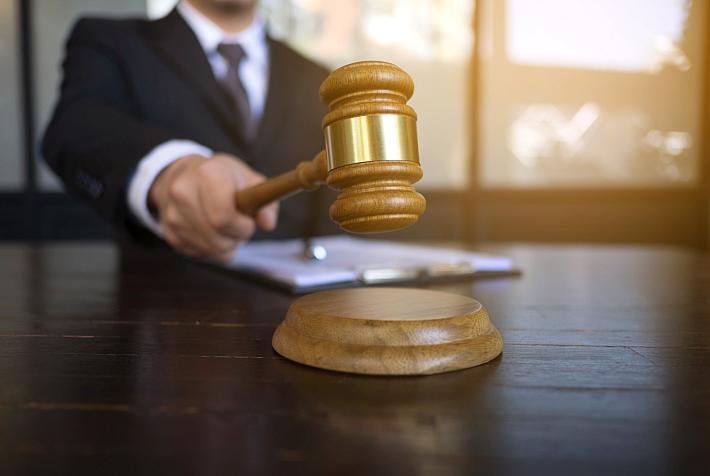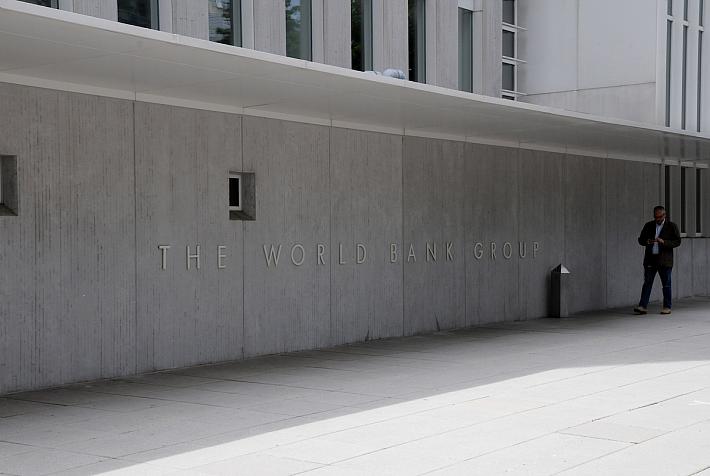History special: Bucharest subway celebrates 40 years of operation

Metrorex celebrated on Tuesday, November 19, 40 years since the first section of the Bucharest subway network officially opened for service, an important milestone for public transport in the Romanian capital.
The first section, which linked Semanatoarea (today’s Petrache Poenaru) to Timpuri Noi, on Line 1, had only six stations. Today, Bucharest’s underground transport system has 53 stations and further expansion is planned.
The idea to build a subway network in Bucharest was born at the beginning of the 20th century but the actual work started during the communist regime when underground transport was declared the best alternative to the increasingly crowded surface public transport.
The Bucharest Metro Company (Intreprinderea Metroul Bucuresti), which had the role of building the entire metro transport network, was established in February 1975. The actual work began in September of the same year. At first, the constructors were building 2 km per year, but they later doubled the rate and maintained this pace until the work was done.
The Metro Operation Company (Intreprinderea de Exploatare a Metroului), which was subordinated to the Ministry of Transport – the Railway Department, was set up in 1977. In 1999, the company changed its name into the Bucharest Company for Underground Transport – Metrorex SA.
The first section of the Bucharest subway network opened for service 40 years ago, on November 19, 1979, local Wall-street.ro reported. It had a length of 8.1 km and six stations: Semanatoarea, Grozavesti, Eroilor, Izvor, Piata Unirii si Timpuri Noi. Until December 19, 1979, when the official opening took place, the subway trains operated with passengers on board, being the only subway to run with passengers during the testing period.
The section between Semanatoarea and Crangasi (one station) was commissioned in December 1984. During this period, however, work also started at the subway network’s Line 2, which was intended to create a connection on the Capital's North-South axis.
The first section of Line 2 was commissioned in January 1986. It had eight stations: Piata Unirii 2, Tineretului, Pieptanari, Constantin Brancoveanu, Piata Sudului, Aparatorii Patriei, IMGB ("Dimitrie Leonida"), and the IMGB Depot ("Berceni"). By October 1987, six more stations were added to Line 2, namely Universitate, Piata Romana, Piata Victoriei, Aviatorilor, Aurel Vlaicu, and Pipera. In December the same year, the station Gara de Nord is opened (the next stop after Crangasi).
Work continues at the Bucharest subway and in August 1989 the network’s Line 3 is commissioned, linking Gara de Nord to Dristor 2. This section has six stations: Piata Victoriei 1, Stefan cel Mare, Obor, Piata Iancului, Piata Muncii, Dristor 2.
After the December 1989 Revolution, the Romanian authorities continued to expand the subway network, with the Antilopa station and the segment between Republica and Antilopa being commissioned in May 1991. The Basarab 1 station, which was built between Gara de Nord and Crangasi, opened at the end of 1992, and later incorporated the Basarab 2 station as well.
Line 4, consisting of four stations (Gara de Nord 2, Basarab 2, Grivita, 1 Mai), was commissioned on March 1, 2000. Then, eight years later, on November 19, 2008, an extension of Line 3, from Nicolae Grigorescu to Linia de Centura (the capital’s ring road) opened, with four stations: Nicolae Grigorescu 2, 1 Decembrie 1818, Policolor (now named Nicolae Teclu), and Linia de Centura (now Anghel Saligny).
An extension of Line 4, from Jiului to Parc Bazilescu, was commissioned in July 2011, consisting of two stations: Jiului and Parc Bazilescu.
The Bucharest subway network has today a total length of 71 km and 53 stations. Work is in progress at the first section of Line 5, which would have 10 stations and a depot. This section was supposed to be completed by now but the authorities kept postponing its opening, with the deadline being moved to the first half of 2020.
newsroom@romania-insider.com












